Definition of Learning: Define ‘Learn’ & Improve Your Child’s Education
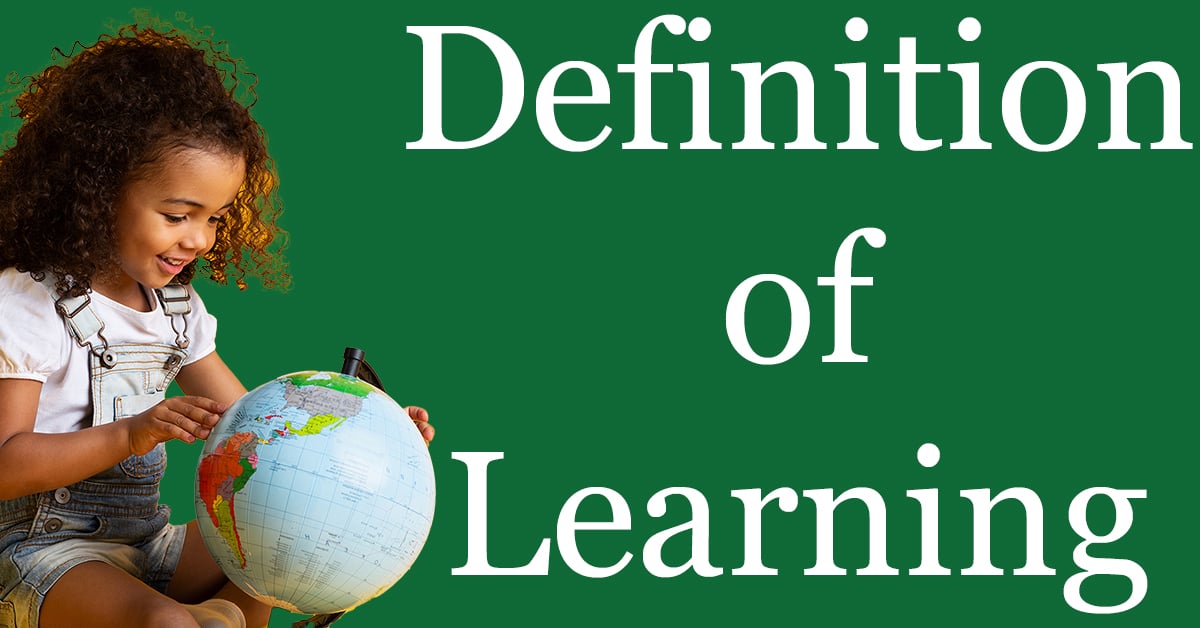
Considering the definition of learning can profoundly impact the way you approach your child’s education. It can even influence whether you choose to homeschool. For parents who choose homeschooling, your purposeful exploration will also impact the method of homeschooling you choose, your day-to-day life, and most importantly, your children.
In this article, we’ll explore the definition of learning and how children—and people of all ages—learn. Understanding how learning is defined can help you move away from rigid expectations and create an approach to education that better fits your child.
As you reflect on your own learning experiences and observe how your children learn best, you’ll begin to see learning as an ongoing, internal process rather than something that happens only in a classroom. With this awareness, you can foster an environment that encourages curiosity, independence, and a genuine love for learning. Before we look at how learning is defined, let’s take a closer look at how the words learning, teaching, education, and school have become intertwined—and why separating them matters.
Watch the Video: Understanding the Definition of Learning
Before we go any further, take a few minutes to watch the video below. In it, I share what inspired me to explore the definition of learning and why this concept is so important for parents to understand. You’ll discover how learning differs from schooling and teaching—and why seeing those differences can transform the way you approach your child’s education.
When I first created this video, I wanted to help parents think differently about what learning really means. Too often, we associate learning only with schoolwork or curriculum—but when you step back, you start to see that real learning happens everywhere.
If this idea resonates with you, I invite you to take the next step.
👉 Join my free course to learn how to homeschool your kids with confidence and clarity.
Define Learning, Teaching, Education, and School: Exploring Their Meanings
When most people think about education, they often picture school. The words school and education are used so interchangeably that they’ve nearly become the same thing. Yet, when you look closer, you’ll see that each of these words—learning, teaching, education, and school—has its own meaning and purpose.
Understanding these differences matters because it changes how you view your child’s growth and how you support their learning at home. When you start to separate these concepts, you’ll recognize that learning doesn’t have to depend on a classroom, a teacher, or a curriculum. Instead, learning is something that happens constantly—through play, conversation, observation, reading, problem-solving, and real-world experience.
As a parent, this shift in perspective can be powerful. When you view learning as an ongoing process rather than something that only happens during school hours, you begin to see educational opportunities everywhere. Whether your child is exploring nature, baking in the kitchen, or asking endless questions about how something works, they’re engaging in authentic learning. Understanding these distinctions helps you create an environment that nurtures curiosity, confidence, and a lifelong love of learning.
How Have Your Experiences Shaped Your Beliefs About Learning?
Every parent’s idea of learning begins with personal experience. The ways you were taught in school, the subjects you enjoyed, and even the frustrations you felt all influence how you think learning “should” look. These early experiences often shape what you expect for your own children—sometimes without realizing it.
Take a moment to reflect on your educational journey. Were you encouraged to explore ideas freely, or were you expected to follow directions closely? Did you feel curious and engaged, or did learning sometimes feel like memorizing information just to pass a test? Your answers to these questions can reveal a lot about how you currently view your child’s education.
When you become aware of your own learning history, you gain the ability to make more intentional choices for your family. You can start to question old assumptions and open the door to a broader, more flexible view of what learning can be. The goal isn’t to recreate your experiences—or to avoid them entirely—but to build on them with awareness, curiosity, and a deeper understanding of how people truly learn.
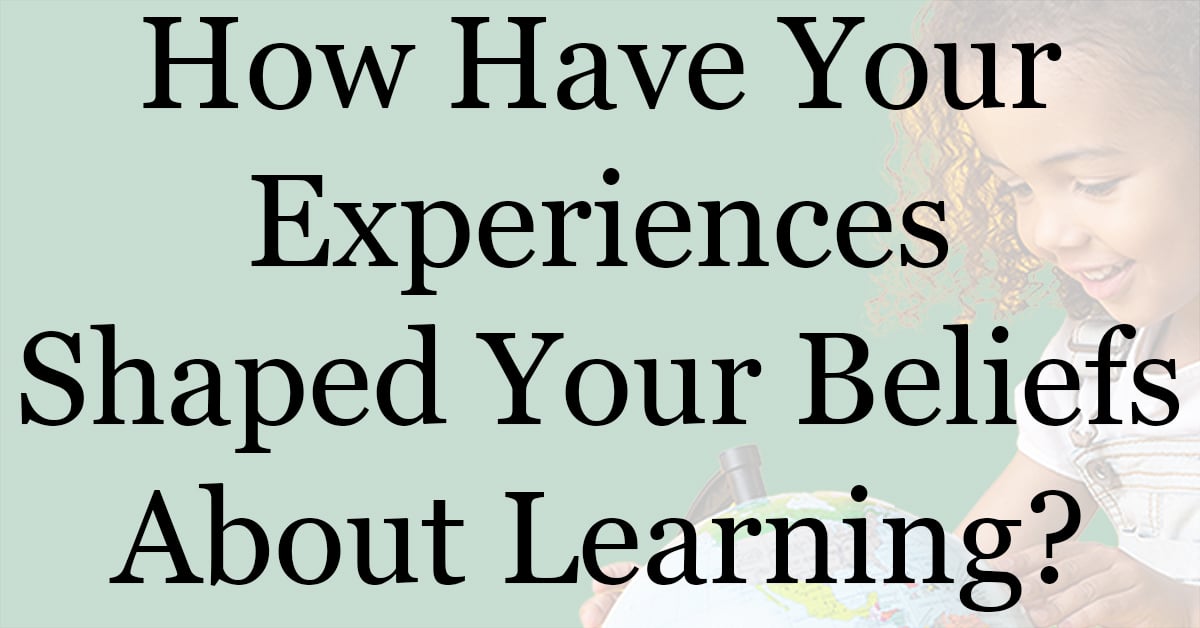
Exploring the Meaning of Learning, Education, School, and Teaching
When you begin to define learning, it’s easy to see why the words education, teaching, and schooling often get tangled together. These terms are related, but they aren’t the same. Understanding their differences can completely shift how you approach your child’s education—and how you view your role as a parent or educator.
Learning defined: Learning is an active, internal process of gaining knowledge, developing skills, and building understanding. It happens everywhere—while reading, observing, experimenting, or simply living life. In contrast, teaching is the act of guiding or facilitating that process, education is the broader journey of growth and understanding, and schooling is just one structured way people sometimes pursue it.
When you clearly define these words, you begin to recognize that learning isn’t limited to school hours, assignments, or grades. Real learning often happens outside of classrooms—when children explore their interests, ask questions, or solve problems that genuinely matter to them. As a parent, this awareness allows you to support your child’s natural curiosity and create experiences that spark true understanding rather than rote memorization.
When you take the time to define learning, you start to see it everywhere—in conversations, creative play, problem-solving, and everyday life. Learning is not just a moment in time or a school subject to master; it’s a lifelong process that happens both intentionally and naturally.
Now that we’ve explored how learning differs from schooling, teaching, and education, let’s look more closely at what learning truly is—and how your understanding of it can shape the way your children grow and thrive.
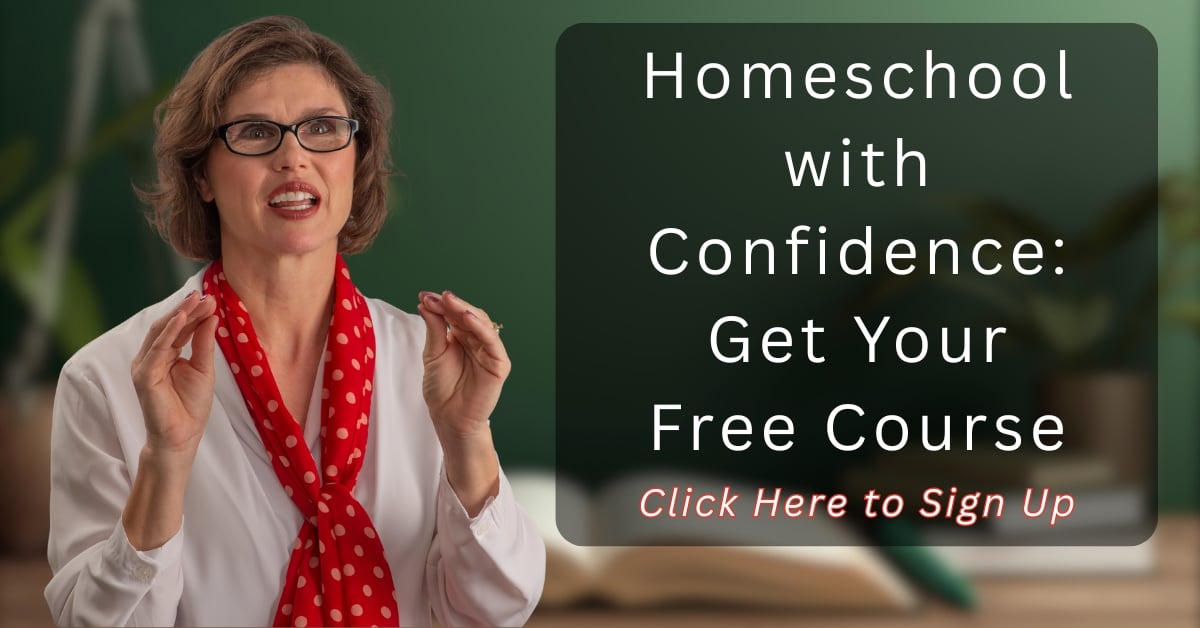
What Is Learning?
So, what is learning—really? When you try to define learning, you’ll quickly realize it’s much more than memorizing facts or completing assignments. Learning is an internal process through which a person gains knowledge, develops skills, or deepens understanding. It’s active, ongoing, and personal.
True learning happens when curiosity leads to discovery, when effort turns into understanding, and when ideas begin to connect in meaningful ways. While a teacher, parent, or mentor can guide the process, genuine learning comes from within the learner.
When you understand the definition of learning, you begin to see education differently. Education is not something that happens to your child—it’s something that happens within your child. Whether your kids are experimenting in the kitchen, reading stories, or building forts in the backyard, they’re not just “playing”—they’re learning.

13 Questions to Discover YOUR Best Learning Style
Now that we’ve looked at the definition of learning, let’s take a moment to think about what that means for you and your family. Every person learns in unique ways—and understanding your own learning preferences can help you better support your children’s growth.
To get started, reflect on the questions below. They’ll help you uncover how you learn best.
- How do you learn best?
- What are your interests?
- How do you learn the things you need to know to navigate life effectively?
- Where do you have the most fun learning—at home, in the library, in nature, or somewhere else?
- How do you prefer to learn—through hands-on experience, reading, listening, watching videos, or discussing ideas?
- When do you learn best—mornings, afternoons, or evenings?
- Do you prefer to learn alone or with others?
- Which learning styles do you naturally gravitate toward—visual, auditory, or kinesthetic?
- When have you learned the most, and what made that experience so effective?
- Do you enjoy teaching others? (People often learn best when sharing what they know.)
- Why do you enjoy learning—or, if you don’t, why not?
- How could you make learning more enjoyable for yourself?
- What have you always wanted to learn, and how would you go about learning it?
When you reflect on these questions, you begin to notice patterns—what excites you, what frustrates you, and what keeps you engaged. That awareness helps you not only understand yourself better but also recognize what kinds of learning experiences might help your children thrive.
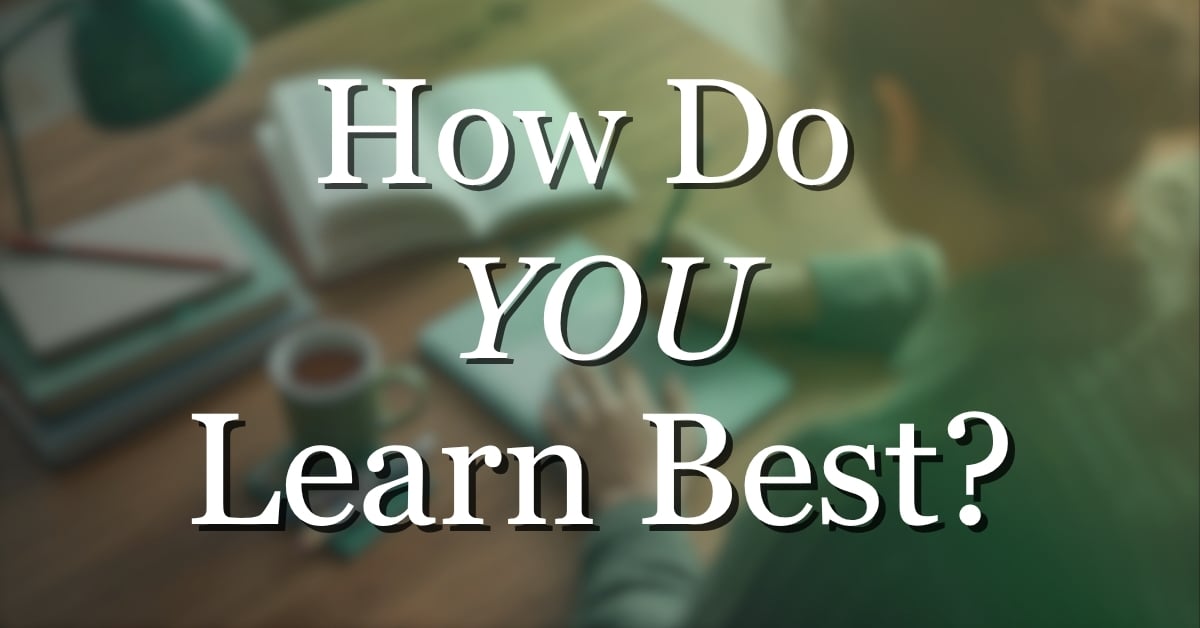
Traditional Schooling vs. Authentic Learning
Have you ever paused to think about how people actually learn? Traditional schooling often focuses on structure—schedules, assignments, and grades. While those elements can serve a purpose, they don’t always reflect the deeper process of learning.
Authentic learning happens when a child is engaged, curious, and genuinely interested in what they’re exploring. It’s when a concept finally “clicks” because it connects to real life or personal experience—not just because it appeared on a worksheet. In authentic learning, understanding matters more than memorization, and curiosity matters more than compliance.
As parents, it’s easy to equate academic achievement with true learning, but grades don’t always tell the whole story. When you give your child the freedom to explore topics they care about, you’ll see them make connections, solve problems, and develop confidence in ways that go far beyond test scores.
By redefining what learning means to your family, you can create an education that values growth, creativity, and critical thinking.

Discover Your Child’s Best Learning Style
Just as you reflected on your own learning preferences, it’s important to recognize that your children learn in their own unique ways. Some kids thrive on structure and repetition, while others learn best through exploration, conversation, or movement. When you pay attention to what truly engages your child, you can create an environment that supports their natural strengths.
Start by simply observing your children in their everyday lives.
- Do they prefer to work alone, with a close friend, or in a group?
- What sparks their curiosity and keeps their attention?
- Are they drawn to reading, writing, experimenting, building, or discussing ideas?
- When do they seem most focused—mornings, afternoons, or evenings?
- Where do they enjoy spending time—outdoors, in their room, or alongside the family?
- Do they take initiative to learn new things, or do they wait for direction?
- When your child struggles with learning, what might be the real reason behind it?
As you observe, you’ll start to recognize patterns that reveal how your children learn best. With that insight, you can adapt your homeschool approach—or the way you support their education in general—to match your children’s learning style. This awareness helps you meet your child where they are and encourages a love of learning that will last far beyond their school years.
How Kids Learn: Play-Based Learning with Dr. Peter Gray
How Do You Define Learning?
At this point, you’ve explored how learning differs from teaching, schooling, and education—and you’ve probably started noticing how your own experiences shape what you believe about learning. But now it’s time to ask yourself a deeper question: How do you define learning?
When you try to define learning, do you think of it as following a curriculum, completing assignments, or meeting certain expectations? Or do you see it as a process of discovery, growth, and understanding that happens both inside and outside of school?
The way you define learning will naturally influence the way you educate your children. If you see learning as something that happens through curiosity, exploration, and hands-on experience, you’ll encourage your kids to think critically and creatively. But if you view learning as a checklist to complete, it’s easy to miss the joy and depth that come from genuine understanding.
Take a few moments to reflect on your personal definition of learning. The more conscious you are of how you view it, the more intentionally you can shape your child’s educational experience—and your own.

Definition of Learn: Understanding What It Means to Learn
The summarized meaning of ‘learn‘ is to acquire knowledge, understanding, or skills, often through studying, instruction, experiences, or hearing about something. Below is the precise definition of the word learn.
Merriam-Webster Dictionary Definition of Learn
- verb: a1) to gain knowledge or understanding of or skill in by study, instruction, or experience; a2) memorize; b) to come to be able; c) to come to realize
- verb: a) nonstandard: teach b) obsolete : to inform of something
- verb: to come to know: hear
- intransitive verb: to acquire knowledge or skill or a behavioral tendency
This dictionary definition aligns with what most of us already believe about learning—but it also leaves room for reflection. While teachers and parents can offer information, guidance, and opportunities, genuine learning happens only when the learner connects with the material in a meaningful way.
When we think of learning defined this way, it becomes clear that learning isn’t something that happens to us—it’s something that happens within us.
School, Educate, and Teach Are Not Part of the Definition of Learning
It’s interesting to notice that words like school, educate, and teach are absent from the definition of learning. This detail may seem small, but it carries significant meaning. Learning is not dependent on a classroom, a teacher, or a formal program—it’s something that happens internally as understanding grows.
When you look closely, it becomes clear that while schooling and education can support learning, they are not the same thing. Parents and teachers can explain, guide, and inspire, but they cannot do the actual learning for someone else. Real learning requires curiosity, engagement, and a willingness to think.
Recognizing this distinction helps parents and educators alike. It frees you from the idea that learning must follow a rigid structure or happen only in certain settings. Once you understand that learning happens from within, you can begin to design educational experiences—at home or elsewhere—that nurture your child’s natural curiosity and encourage lifelong learning.
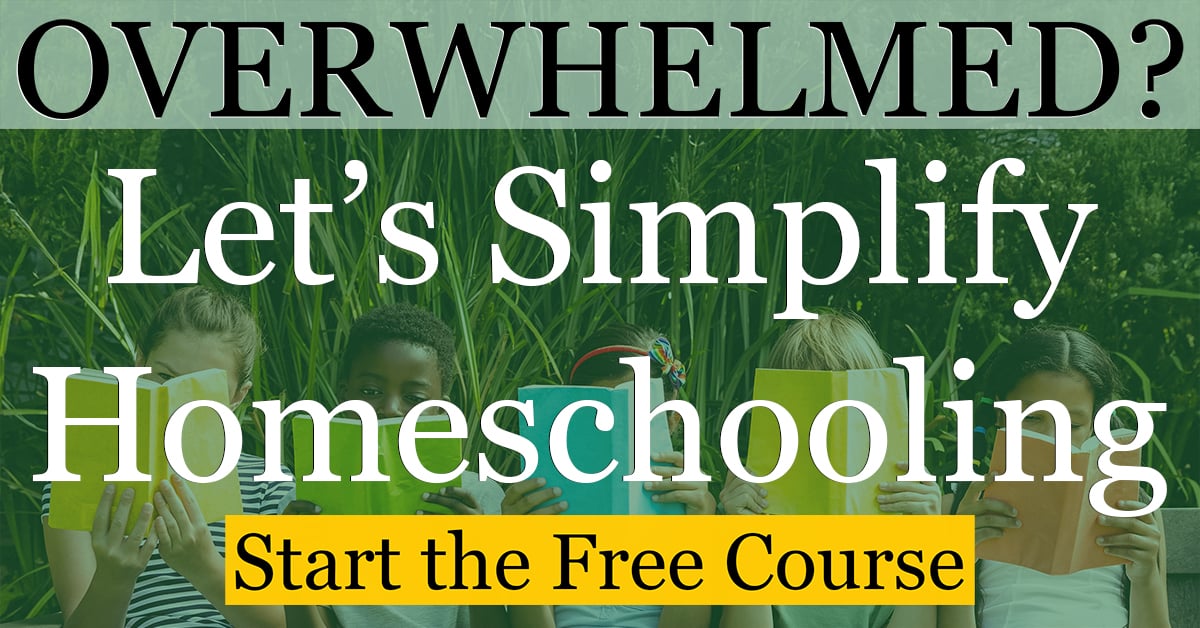
Learning Comes From Within
At its core, learning comes from within. While teachers, parents, and mentors can introduce ideas and provide support, the actual process of learning belongs to the learner. True understanding happens when curiosity meets motivation—when a person chooses to engage with a concept, explore it, and make sense of it in their own way.
As parents, this understanding changes everything. Instead of feeling responsible for making your children learn, you can focus on creating the right environment—one that encourages discovery, exploration, and confidence. You can offer resources, ask questions, and guide discussions, but ultimately, learning is something your child must do for themselves.
When you embrace this perspective, your role shifts from “teacher” to “facilitator of growth.” You begin to see that learning can happen anytime and anywhere—while reading a book, building with blocks, exploring nature, or having a heartfelt conversation. Once you understand that learning is driven from within, you can nurture your child’s natural curiosity and help them develop a lifelong love for learning.

You Have the Power to Shape Your Child’s Lifelong Learning Journey
Understanding that learning comes from within doesn’t mean your influence as a parent is small—it means it’s profound. You have the power to guide, inspire, and cultivate a love of learning that will last a lifetime.
Sometimes you’ll take on the role of a teacher, helping your child explore new ideas or master specific skills. Other times, you’ll simply create opportunities for discovery—by providing books, materials, or experiences that spark curiosity. And often, you’ll be learning right alongside your children, modeling what it looks like to stay curious and keep growing.
A child’s educational journey isn’t defined by grades or curriculum—it’s shaped by connection, curiosity, and consistency. When you focus on nurturing these qualities, you help your child develop not only knowledge and skills but also the confidence and motivation to continue learning long after formal schooling ends.
As a parent, you don’t have to know everything—you just need to stay engaged, observe, and encourage. Every question, every conversation, and every new experience you share can help shape your child’s lifelong love of learning.
The Etymology of Learn
Exploring the etymology of the word learn—that is, its origin and history—can help us appreciate how the concept of learning has evolved over time.
The word learn comes from Old English roots meaning to get knowledge, be cultivated, or to think about. It’s connected to the idea of following a track or a path, much like tracing a furrow in the ground. In this sense, learning was originally understood as an active pursuit—something one follows or discovers through thought and effort.
In earlier centuries, the word learn was also used to mean teach. You might hear this in older literature or films where a character says, “He learned me how to do it.” Over time, learn and teach developed into two distinct ideas: one focused on gaining knowledge and the other on helping others gain it.
Studying the history of the word learn reminds us that learning has always been an active, intentional process. It’s not passive—it’s something we do. And that original meaning still holds true today.
What Learn Used to Mean
Below is the historical background of the word “learn,” based on its definition in the Online Etymology Dictionary. Please note that most details about the word’s origin have been excluded to concentrate on the definition.
- “to get knowledge, be cultivated; study, read, think about.”
- “to learn,” Gothic lais “I know,” with a base sense of “to follow or find the track, “furrow, track.”
- It is related to German Gleis “track,” and to Old English læst “sole of the foot” (see last (n.1)).
Exploring a word’s etymology, or its historical origin and development, provides valuable insights into its present-day usage. This holds when examining the history of the word learn.
Interesting Facts About the Word Learn
- From c. 1200, as “to hear of, ascertain.”
- Transitive use (He learned me (how) to read), now considered vulgar (except in reflexive expressions, I learn English), was acceptable from c. 1200 until early 19c. It is preserved in past-participle adjective learned, “having knowledge gained by study.” Old English also had læran “to teach” (see lere). Related: Learning.

Learn vs. Teach
Throughout history, the words learn and teach were closely connected—sometimes even used interchangeably. In earlier English, it wasn’t uncommon to hear someone say, “She learned me how to read,” meaning she taught me. While the language has changed, exploring this overlap highlights an important truth: learning and teaching are deeply related but distinctly different.
Teaching is the act of guiding, showing, or explaining something. It involves offering information, examples, or experiences designed to help another person grow. Learning, on the other hand, is the internal process of making sense of that information and applying it. A teacher can explain a concept clearly, but the learner must still do the thinking, processing, and practicing that lead to understanding.
Recognizing this difference changes the way we see our roles as parents and educators. You can’t make a child learn—but you can inspire curiosity, provide opportunities, and support the process. When you shift from trying to control the outcome to nurturing engagement, your home becomes a place where learning happens naturally and often.
History of Learn vs. Present Use of Learn
At first glance, the definition of the word learn appears unchanged over thousands of years. However, two notable differences exist in its historical usage compared to the current word usage.
- The word follow has been dropped from the definition.
- Another clear distinction is that while the terms knowledge and study are present in both historical and contemporary definitions, the words cultivated, read, and think were exclusively used in earlier definitions.
What do you think of this modification in the definition?
HomeSchool ThinkTank’s Definition of Learning
After studying various dictionary definitions and exploring the history of the word learn, I’ve come to see learning as something both simple and profound. At HomeSchool ThinkTank, we define learning as follows:
Learning is the process of gaining knowledge, skills, or understanding of an idea.
This definition captures the essence of what learning truly is—an active, personal process that begins from within. It reminds us that while education, schooling, and teaching can support learning, they are not the same thing.
When we understand learning in this way, it shifts how we approach our children’s education. It invites us to slow down, stay curious, and focus less on performance and more on growth. Whether your family homeschools or not, this perspective can transform how you see learning—and how your children experience it.

Learn How to Apply This in Your Own Home
Understanding the definition of learning is the first step—putting it into practice is where the real transformation happens.
If you’d like to create a learning environment that supports your child’s natural curiosity and helps you feel more confident in your homeschool journey, my free course will show you how. You’ll discover simple strategies to guide your children’s education without the stress or overwhelm of trying to replicate traditional school at home.
- 👉 Sign Up Now – Take me to the registration page.
- 📚 Learn More About the Course – Get the details about this free course.
Helpful Resources
If you enjoyed this article, you might also like these related topics from the Foundations of Learning & Education series:
- Fun & Educational Family Games – Discover educational and entertaining games that make learning fun and help your kids develop important life and academic skills.
- Dumbing Us Down by John Taylor Gatto – Discover how John Taylor Gatto’s work challenges traditional schooling and encourages parents to rethink what real education means.
- Education vs Schooling – Understand the difference between education and schooling and why it matters for your family.
- Life Coaching for Parents – See how life coaching can help you strengthen your mindset, stay grounded, and create a more balanced homeschooling experience.
- Homeschool Consulting Services – Get personalized guidance and support to help your family homeschool with clarity, confidence, and purpose.
To learn more about how we support homeschool families, visit HomeSchoolThinkTank.com.
Share This Article
👉 Do you have a friend or homeschooling group who would find this article helpful or interesting?
Copy and paste the link below to share it anywhere you’d like!

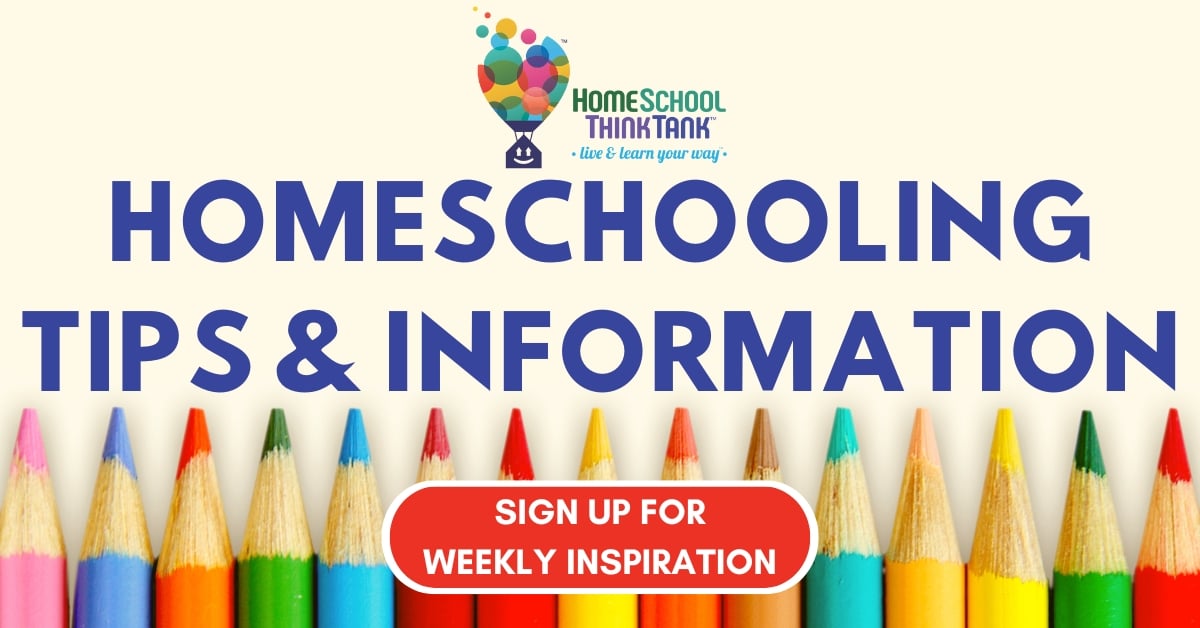
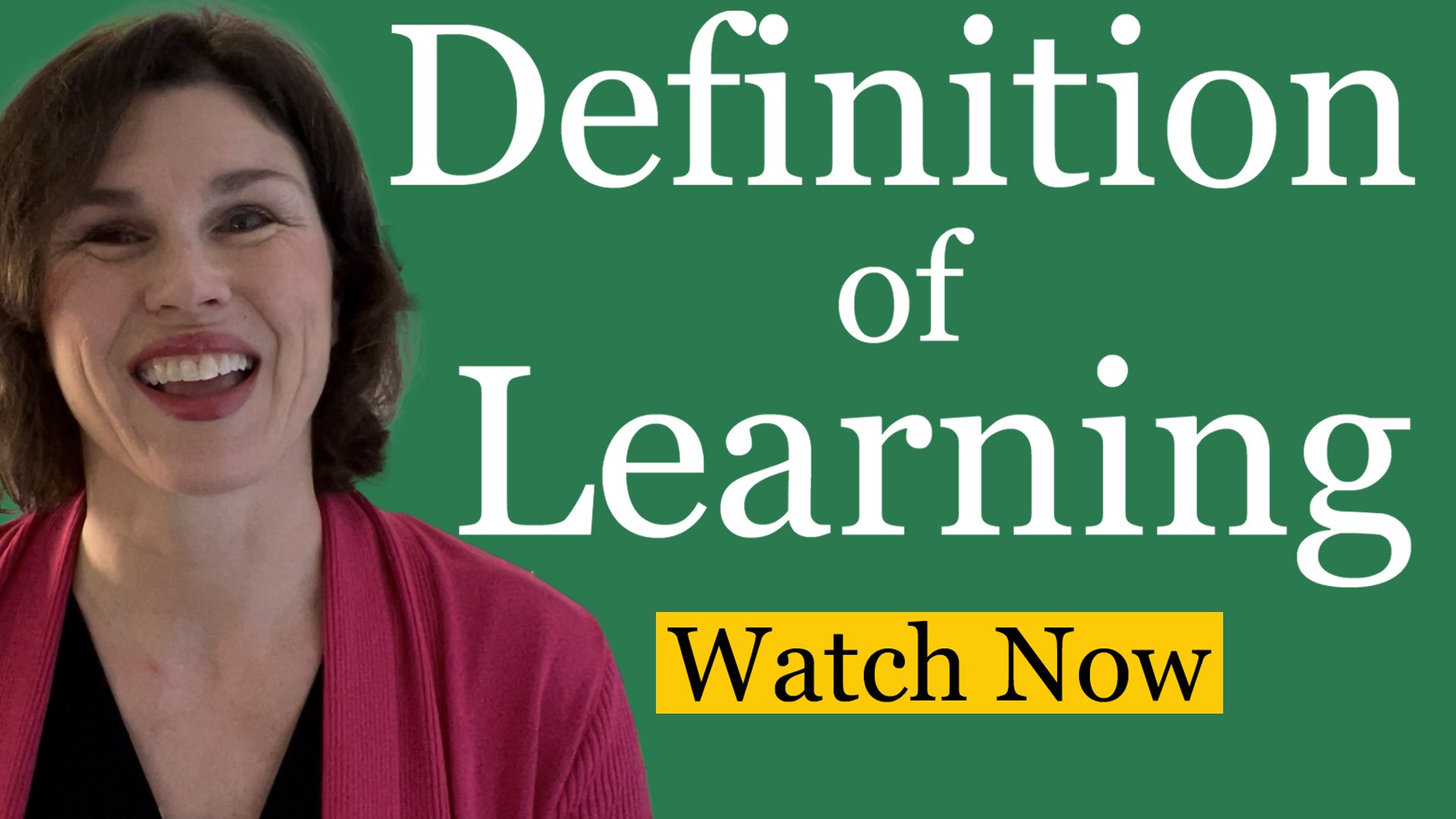

 2018-2025. HomeSchool Thinktank, LLC. All Rights Reserved.
2018-2025. HomeSchool Thinktank, LLC. All Rights Reserved. Licensed image. Design © 2026 HomeSchool ThinkTank, LLC.
Licensed image. Design © 2026 HomeSchool ThinkTank, LLC.